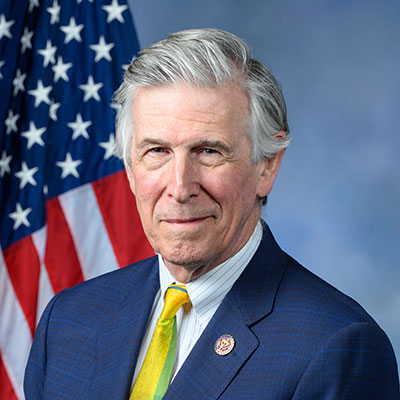Press Releases
Joint Economic Committee Releases Women’s Equal Pay Day ReportBuilding a better America requires addressing the ways women have been, and continue to be, held back, says JEC Chairman Beyer
Washington,
March 15, 2022
In recognition of Women’s Equal Pay Day, the Joint Economic Committee released a new report highlighting how, despite progress, women continue to face barriers to equal pay for equal work. Women’s Equal Pay Day represents how far into the year an American woman must work, on average, in order to earn as much as an American man earned in the past year. In 2020, the latest year for which data are available, women on average earned 83% of what men on average earned. However, this aggregate statistic masks significant racial disparities: Black and Hispanic women face the widest pay gap, earning just 63 cents and 57 cents, respectively, for every dollar white men earn. Women's lost wages reduce GDP an estimated 2.8%, or $541 billion, and if the gender wage gap were closed, poverty for working women would be reduced by more than 40%. The new analysis highlights how:
“Women’s Equal Pay Day is an opportunity to reflect on the progress that has been made to address gender wage inequality, but it also makes clear how much work remains to be done,” said JEC Chairman Don Beyer. “Despite narrowing in the last 60 years, progress has slowed—and even stalled—in recent decades, as policy has failed to fully support women in the workplace. “We cannot ignore the ways that work traditionally done by women, particularly women of color, continues to be devalued. These lost wages undermine families’ economic security and harm our entire economy. Two-thirds of mothers are either the primary breadwinner or co-breadwinner in their families, and were it not for the gender wage gap, our economy would be stronger and poverty rates would be lower. “The challenges of the past two years have fallen particularly hard on women. They bore both the burden of the greatest job losses at the beginning of the pandemic, as well as a greater share of the responsibility for taking care of their families during unprecedented and unpredictable times. Together, these forces pushed women’s labor force participation down to some of the lowest levels seen in decades. While women’s labor force participation has begun to tick back upwards in recent months, without structural supports like paid leave and affordable child care, women’s contributions to the economy will continue to be short-changed. “The data make clear that women cannot educate themselves out of the gender pay gap, and women cannot change occupations to ensure equal pay for equal work. The barriers that limit women’s opportunities and full economic participation are structural. If we are to build a better America, we must address the ways that women have been, and continue to be, held back.” Chairman Beyer recently introduced legislation to encourage gender parity in positions of corporate leadership. His resolution, introduced with House Committee on Oversight and Reform Chairwoman Carolyn Maloney (D-NY) on International Women’s Day, would express “the sense of the House of Representatives that corporations should commit to utilizing the benefits of gender diversity in boards of directors and other senior management positions. |

